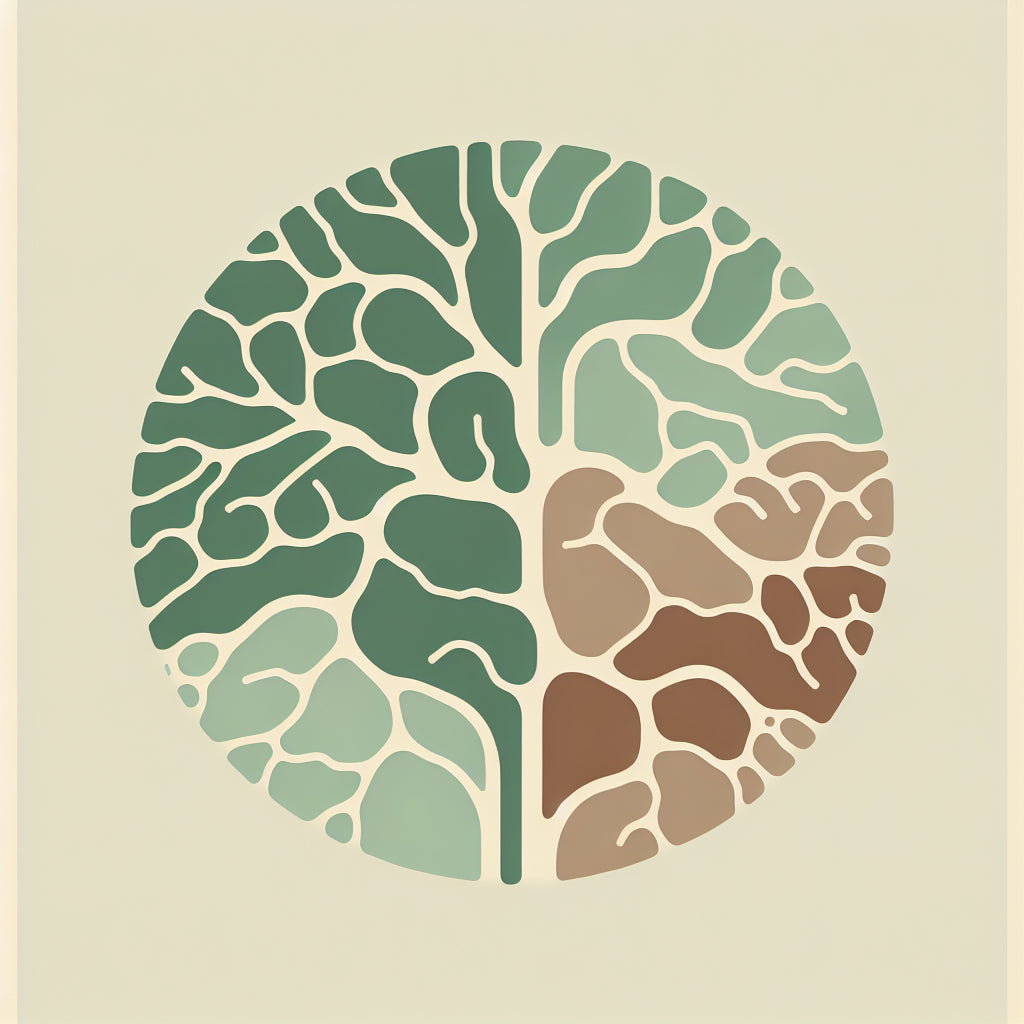
Aging impacts on cerebrovascular network changes
Share
Introduction to cerebrovascular aging
Aging is often accompanied by significant changes in the cerebrovascular system, which can affect brain health and cognitive function. This article explores the structural and functional modifications that occur in the cerebrovascular networks of the brain as we age, and their implications on overall brain health.
Structural changes in aged brains
One of the most notable changes in the aging brain is the remodeling of the cerebrovascular network. Studies have shown that there is a general decrease in vascular density and branching, coupled with an increase in vascular radii. These changes suggest a sparser vascular network, which could impede efficient blood flow and nutrient delivery to brain tissues.
Functional implications of vascular aging
The functional capacity of the brain's blood vessels also changes with age. There is evidence of increased tortuosity or twisting of arteries, which can increase vascular resistance and reduce blood flow efficiency. Such alterations may contribute to a reduced capacity for oxygen and nutrient delivery, particularly in critical areas of the brain involved in cognition and memory.
Pericyte dynamics and blood-brain barrier integrity
Pericytes, which are integral to the structural stability and function of capillaries, show a decrease in density in certain brain regions with age. This decline is associated with a compromised blood-brain barrier, potentially leading to increased neuronal vulnerability and cognitive decline.
Regional vulnerabilities and cognitive decline
Specific brain regions, such as the basal forebrain and entorhinal cortex, exhibit more pronounced vascular and pericyte density reductions. These areas are crucial for cognitive functions and are particularly susceptible to neurodegenerative diseases like Alzheimer's, suggesting a link between vascular health and cognitive impairment.
Conclusion
In summary, aging induces significant changes in the cerebrovascular network, including structural remodeling and functional decline. These changes can lead to decreased brain perfusion and oxygenation, contributing to cognitive decline and increased vulnerability to neurodegenerative diseases. Understanding these processes is crucial for developing interventions to maintain cerebrovascular health and cognitive function in the aging population.